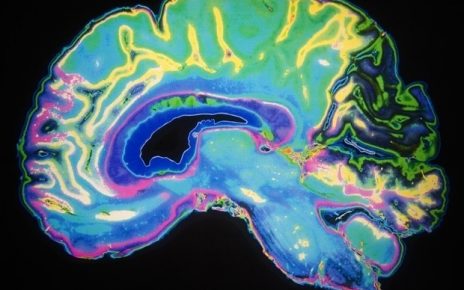Liver disease: Doctor discusses causes and symptoms
We use your sign-up to provide content in ways you’ve consented to and to improve our understanding of you. This may include adverts from us and 3rd parties based on our understanding. You can unsubscribe at any time. More info
Otherwise known as non-alcoholic fatty liver disease, fatty liver disease is the name for a range of liver conditions not linked to drinking alcohol. As the name suggests it is caused by a build-up of fat in the liver. Although it does not cause problems in its early stages, if left untreated it can result in liver failure and even liver cancer.
The liver is one of our vital organs, providing more than 500 functions.
Therefore, any problems with the liver can affect multiple parts of the body.
This is particularly true when fatty liver disease reaches its most severe stage – known as cirrhosis.
Cirrhosis only occurs after years of damage to the liver.

NHS Inform explains: “Cirrhosis is scarring of the liver caused by continuous, long-term liver damage.
“Scar tissue replaces healthy tissue in the liver and prevents the liver from working properly.
“The damage caused by cirrhosis can’t be reversed and can eventually become so extensive that your liver stops functioning. This is called liver failure.
“Cirrhosis can be fatal if the liver fails. However, it usually takes years for the condition to reach this stage and treatment can help slow its progression.
“Each year in the UK, around 4,000 people die from cirrhosis and 700 people with the condition need a liver transplant to survive.”
In its early stages cirrhosis doesn’t always display symptoms, however, as it worsens you might become aware of a problem.
Changes to your excrement could be a giveaway that something is wrong with your liver.
According to NHS Inform, “black, tarry stools” are a symptom of late-stage cirrhosis.

If you notice these, or blood in your vomit, it recommends seeking “immediate” medical help.
“This is because blood can’t flow through the liver properly, which causes an increase in blood pressure in the vein that carries blood from the gut to the liver (portal vein),” NHS Inform says.
“The increase in blood pressure forces blood through smaller, fragile vessels that line your stomach and gullet (varices).
“These can burst under high blood pressure, leading to internal bleeding, which is visible in vomit and/or stools.

“Over time, the toxins that would normally be removed from the body by a healthy liver can cause multiple organ failure, followed by death.”
Other symptoms of cirrhosis can include:
- Tiredness and weakness
- Loss of appetite
- Weight loss and muscle wasting
- Feeling sick (nausea) and vomiting
- Tenderness or pain around the liver area
- Tiny red lines (blood capillaries) on the skin above waist level
- Very itchy skin
- Yellowing of the skin and the whites of the eyes (jaundice)
- A tendency to bleed and bruise more easily, such as frequent nosebleeds or bleeding gums
- Hair loss
- Fever and shivering attacks
- Swelling in the legs, ankles and feet due to a build-up of fluid (oedema)
- Swelling in your abdomen (tummy), due to a build-up of fluid known as ascites.
A number of factors can raise your risk of developing fatty liver disease and, ultimately, cirrhosis.
These include if you:
- Are obese or overweight
- Have type 2 diabetes
- Have a condition that affects how your body uses insulin
- Have an underactive thyroid
- Have high blood pressure
- Have high cholesterol
- Have metabolic syndrome (a combination of diabetes, high blood pressure and obesity)
- Are over the age of 50
- Smoke.
Source: Read Full Article



